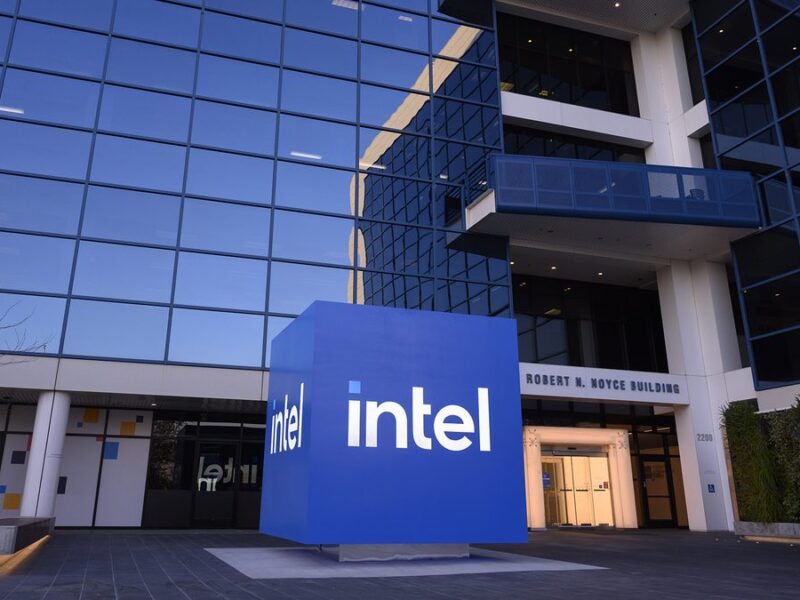The Cloud Data Management Interface (CDMI) plays a critical role in shaping how applications interact with cloud storage. As organizations increasingly rely on cloud services to manage their data, understanding the standards governing these interactions becomes essential. CDMI is recognized as a key standard, providing a framework for developers and Cloud Service Providers (CSPs) to build compatible solutions effectively.
What is Cloud Data Management Interface (CDMI)?
The Cloud Data Management Interface (CDMI) is an international standard that aims to provide a unified interface for applications managing data in cloud storage systems. With recognition from both the International Organization for Standardization (ISO) and the International Electrotechnical Commission (IEC), CDMI has established itself as a vital standard in cloud computing technology.
CDMI definition
CDMI serves a critical purpose in the landscape of data management, as it streamlines cloud storage operations by providing a common interface. This standard establishes guidelines that various applications can use to manage data, ensuring interoperability across different platforms. The ISO/IEC’s role in CDMI’s development underscores its significance in promoting standardization within the cloud ecosystem.
Nature of CDMI
CDMI is based on a RESTful API architecture, allowing for easy integration and communication between applications. The use of HTTP-based operations within CDMI facilitates interactions that are both efficient and scalable, enhancing cloud storage management capabilities.
Core functions of CDMI
CDMI encompasses several core functions that streamline data management and facilitate user interactions with cloud storage. These capabilities enhance the overall efficiency and effectiveness of cloud data operations.
Data management operations
- Storage system capabilities: CDMI allows for the discovery of storage capabilities, enabling users to fully utilize the features of available cloud services.
- Storage allocation: Users can allocate and access different containers and objects, optimizing the organization of their data.
- Metadata management: CDMI includes techniques for managing metadata associated with stored data, aiding in better data organization and retrieval.
- Data retention policies: The standard specifies rules for how long data should be retained, helping users manage their storage lifecycle effectively.
User and access management
CDMI incorporates robust user and access management features that help maintain data security and user accountability. This includes:
- Implementation of user access controls: CDMI supports various authentication methods to govern user access.
- Management of user groups and roles: Allows for the organization of users based on their roles, simplifying administration.
- Accessing billing information: Users can retrieve and manage billing details related to cloud data services efficiently.
Data transfer and protocols
Managing data transfers between cloud systems is another crucial component of CDMI. It supports various protocols such as NFS and iSCSI for exporting data, ensuring compatibility and flexibility across different cloud environments.
Historical context and CDMI versions
Understanding the evolution of CDMI helps appreciate its importance in cloud technology today. The standard has gone through several iterations to meet the changing needs of data management.
Timeline of CDMI versions
- CDMI v1.0: The initial publication established the groundwork for subsequent enhancements, providing foundational features.
- Subsequent versions: Updates like v1.0.1, v1.0.2, v1.1.1, and v2.0.0 introduced enhancements focused on functionality, security, and user experience.
Resource types defined by CDMI
CDMI categorizes data into specific resource types, which play a significant role in how data is stored and managed.
Overview of resource objects
- Data objects: These represent the actual data being stored, along with associated metadata.
- Container objects: Similar to a file system, these help organize and manage data objects effectively.
- Domain and queue objects: These facilitate authentication, accounting, and efficient queue management for various operations.
- Capability objects: Define capability descriptions that enhance client interactions by providing detailed information on available features.
Compliance and implementation of CDMI
For Cloud Service Providers (CSPs), compliance with the CDMI standard can be essential to offer reliable and compatible services to clients.
Compliance requirements
CSPs should understand the essential components of CDMI to implement the standard effectively. Transparency regarding compliance limitations is also crucial, allowing clients to make informed decisions about their cloud data management.
Security features of CDMI
CDMI incorporates essential security measures to protect data within cloud environments, ensuring a safe user experience.
Overview of security measures
- Transport Layer Security (TLS): This cryptographic protocol secures data in transit, safeguarding it from unauthorized access.
- Authentication mechanisms: CDMI provides diverse methods for authenticating both clients and servers, enhancing trust.
- Access control strategies: These govern user actions and help prevent unauthorized access.
- Data protection measures: Includes data sanitization processes and malware defenses to ensure ongoing data integrity.

